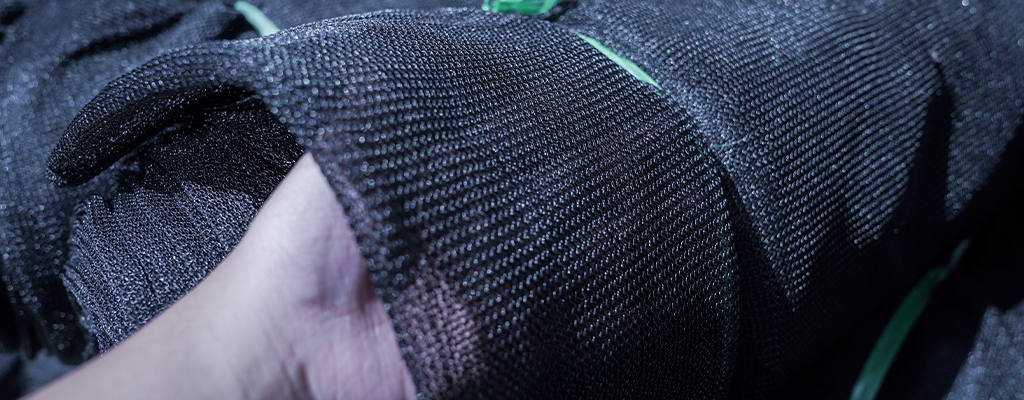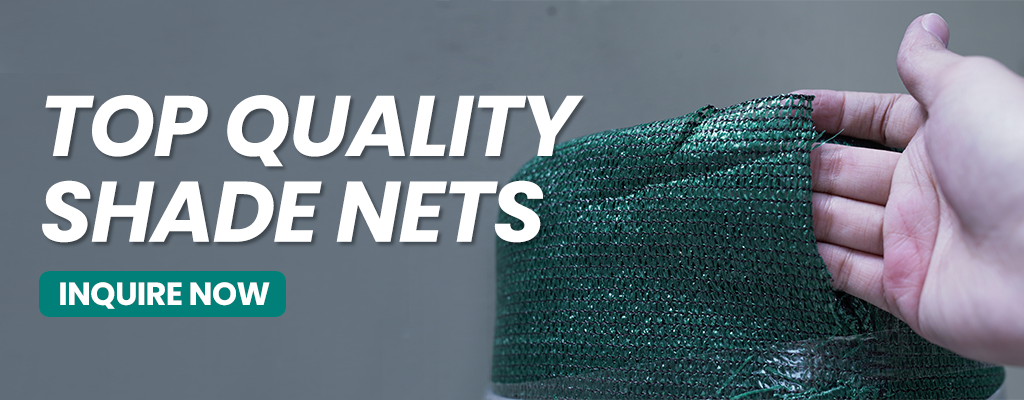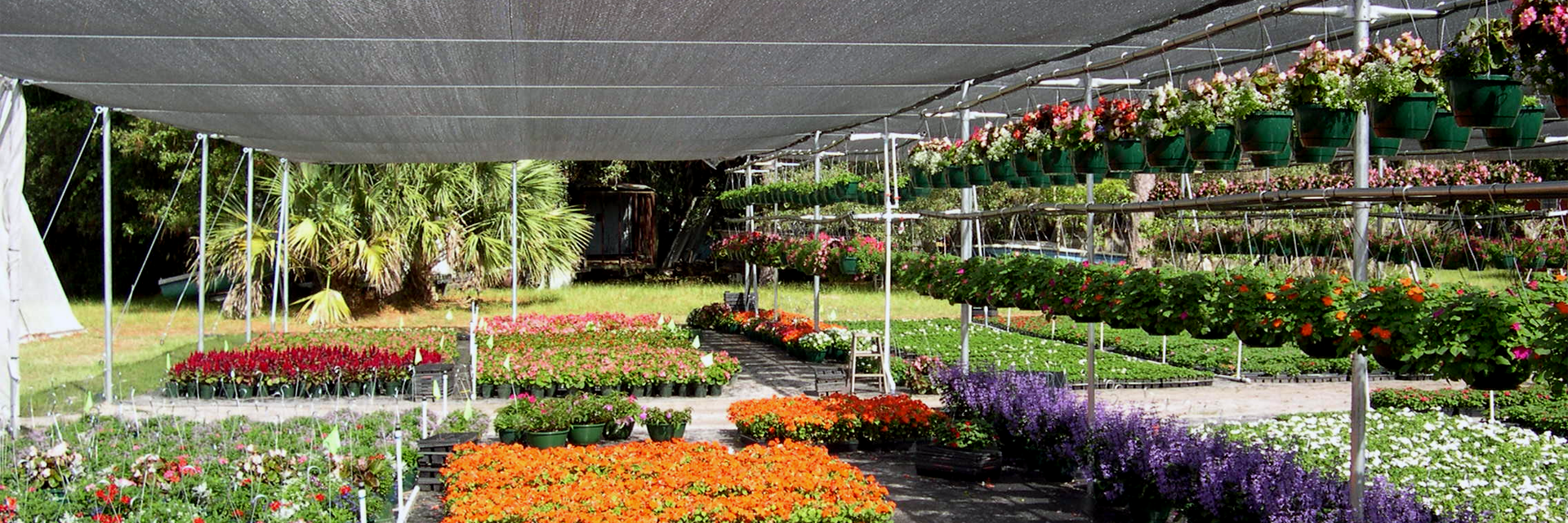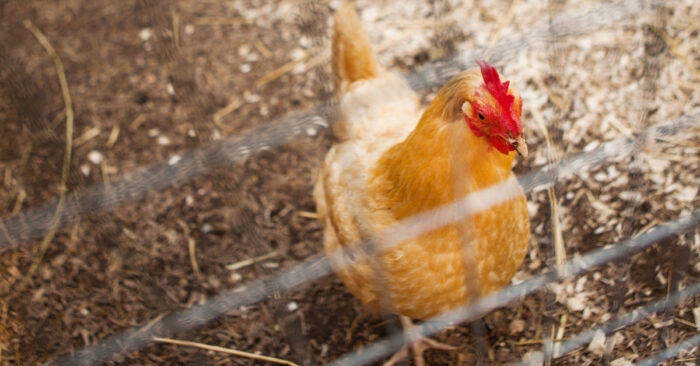If you haven’t jumped into the plantito and plantita craze yet, you better check your nearby hardware stores for the needed shading nets, tools, and plant varieties you can start with. Perhaps the best tip we can offer if you are just beginning your gardening journey is how greenhouse shade nets are the most essential thing you’ll need first. These versatile nets are known to contribute a lot of benefits in growing green decorative branches for ornamental bouquets particularly because most common shade plants thrive with great yield and quality depending on the color of shade net you use.
What color shade net should you use?


We all know the basics in growing ornamental plants. They need sunlight, fertile soil, water, the proper temperature and sometimes, that age-old Pinoy tradition of talking to your precious plants so you can inspire them to bloom flowers.
But more important than talking to your plants is your unique tender love and care itself and a bit of elementary science. Various colored shade nets such as green, red, blue, black, and the reflective kinds contribute differently to how your plants grow. Red nets help lengthen branches, blue nets keep plants small, grey nets give off bushy and dense plants with smaller leaves, and reflective shade nets help enhance long branching.
Shade nets for the right light and climate quality


Knitting design and mesh size is equally important as well because not all of your pot-based plants need the same amount of sunlight and temperature. Shade nets are your number one tool to keep your more delicate plants warm in cold temperatures by reducing the sun’s heat and radiation, while controlling the daytime temperature. Black shade nets can transmit light evenly in your greenhouse or nursery and give them the proper shade from sunny climates.
Determining which type of greenhouse or nursery shade net to use means you’ll have to know your plants a bit better. Try starting off with snake plants that grow in any light level but need to be around 10 feet away from direct sunlight so that their leaves won’t burn. On the other hand, pothos plants can grow in low light but need partial shade and shouldn’t be placed in direct sunlight.
Other factors to consider when using shade nets


Somehow, it really does make sense when we talk to plants. After all, they are living things too. One interesting fact about plants is that they can sense the quality of light they receive and react differently in certain environments. They know how much light they need and which direction the light should come from so they can grow naturally.
Take the time to check your plants from time to time and determine just how much light quality they need by adjusting your shade nets’ position. Sunlight gives off different light intensity and heat throughout the day or seasons too, so you’ll have to use your hands and adjust how much light penetration your plants can really take.
Nets to shade your plants have different efficiencies in diffusing or scattering light and knowing the right kind can spell the difference in whether or not you’re cut out to be a certified plantito or plantita.


Check out one of the premier providers of quality and Filipino-made shade nets Philippine Ranging Nets and know more about their products by sending them a message at [email protected] or call +63977 007 0228 for orders and more information.
Philippine Ranging Nets provide Filipino-made multi-purpose nets mainly used for free ranging chickens and other poultry. Trusted by top-breeders, PRN’s top quality affordable ranging nets are available nationwide.




